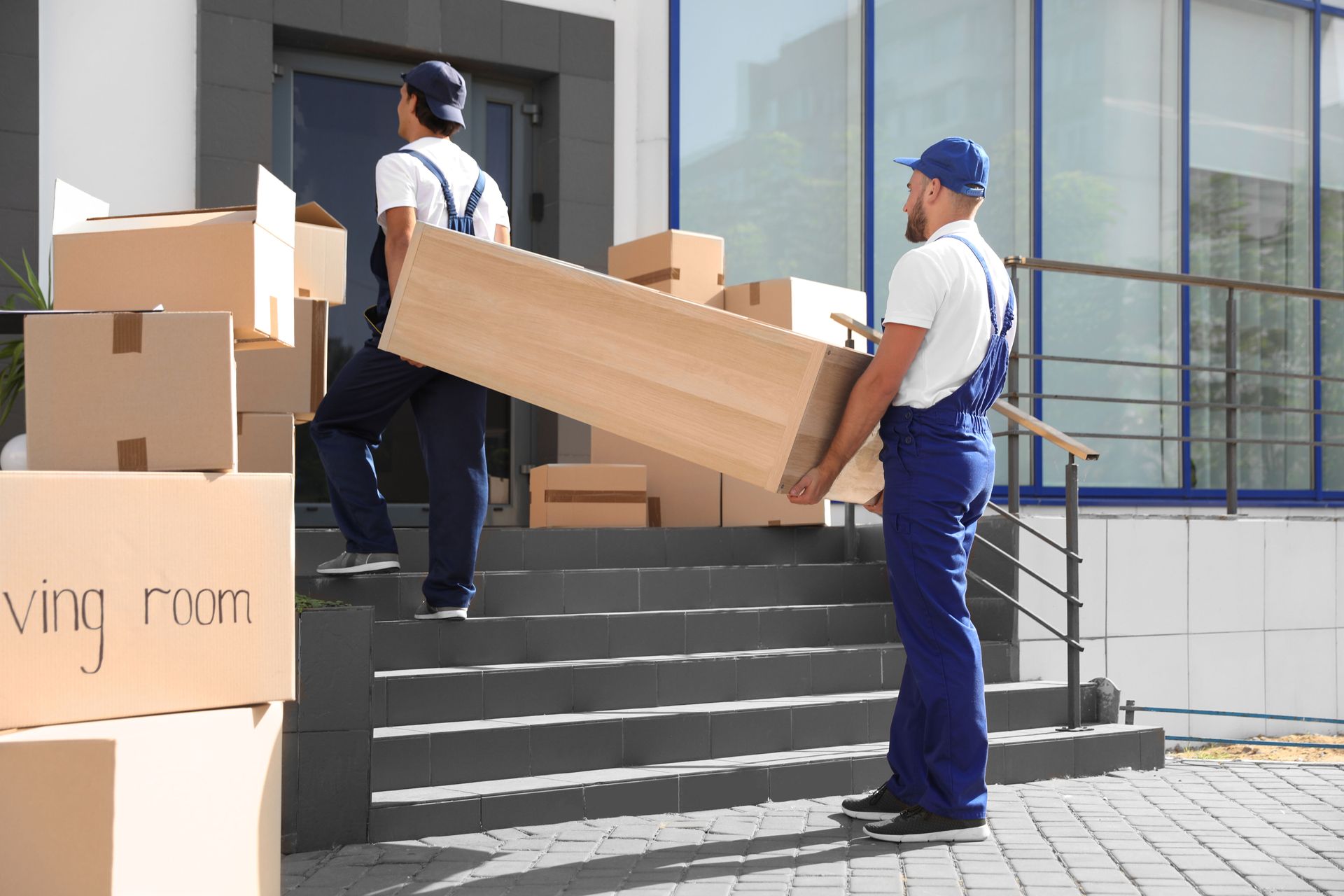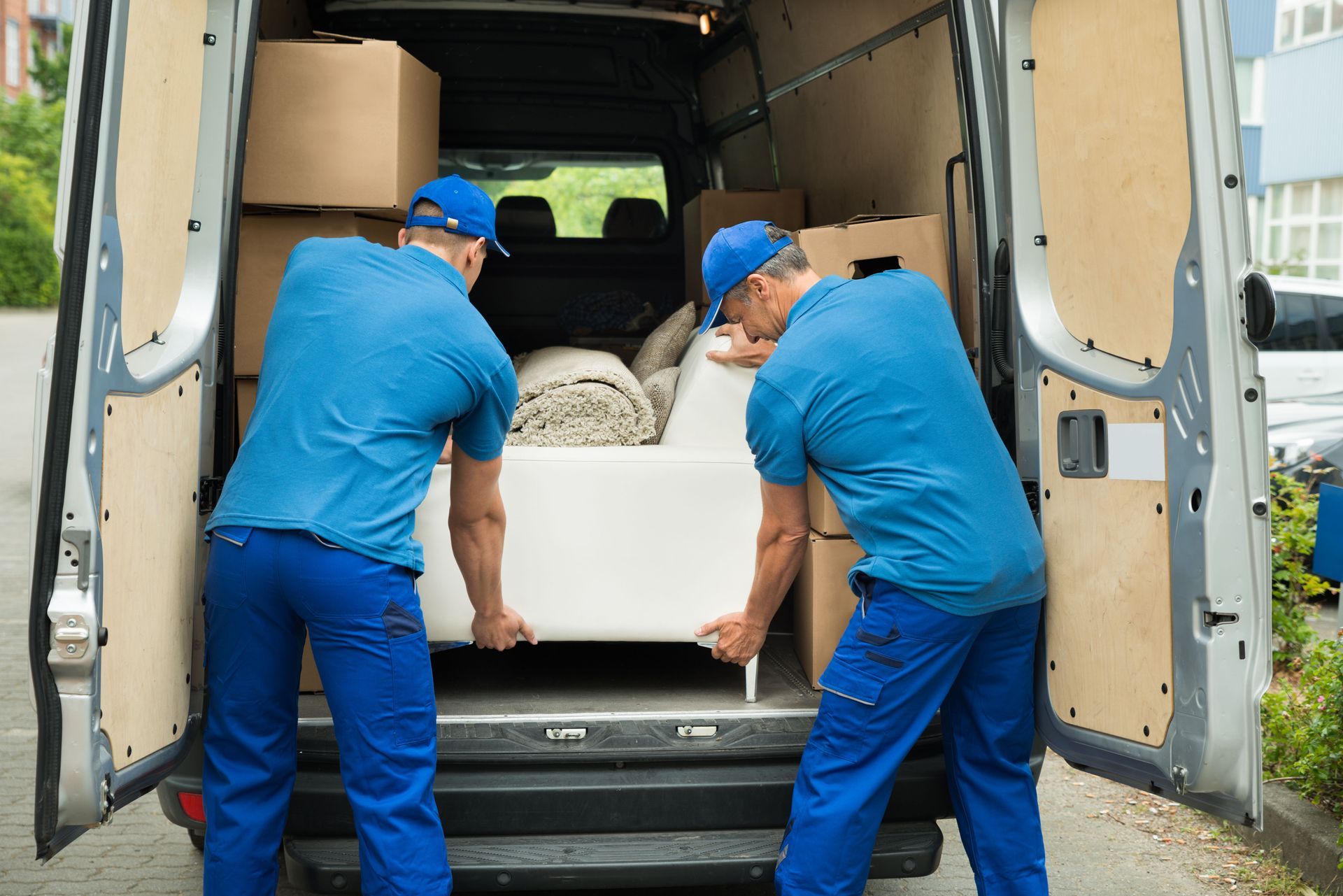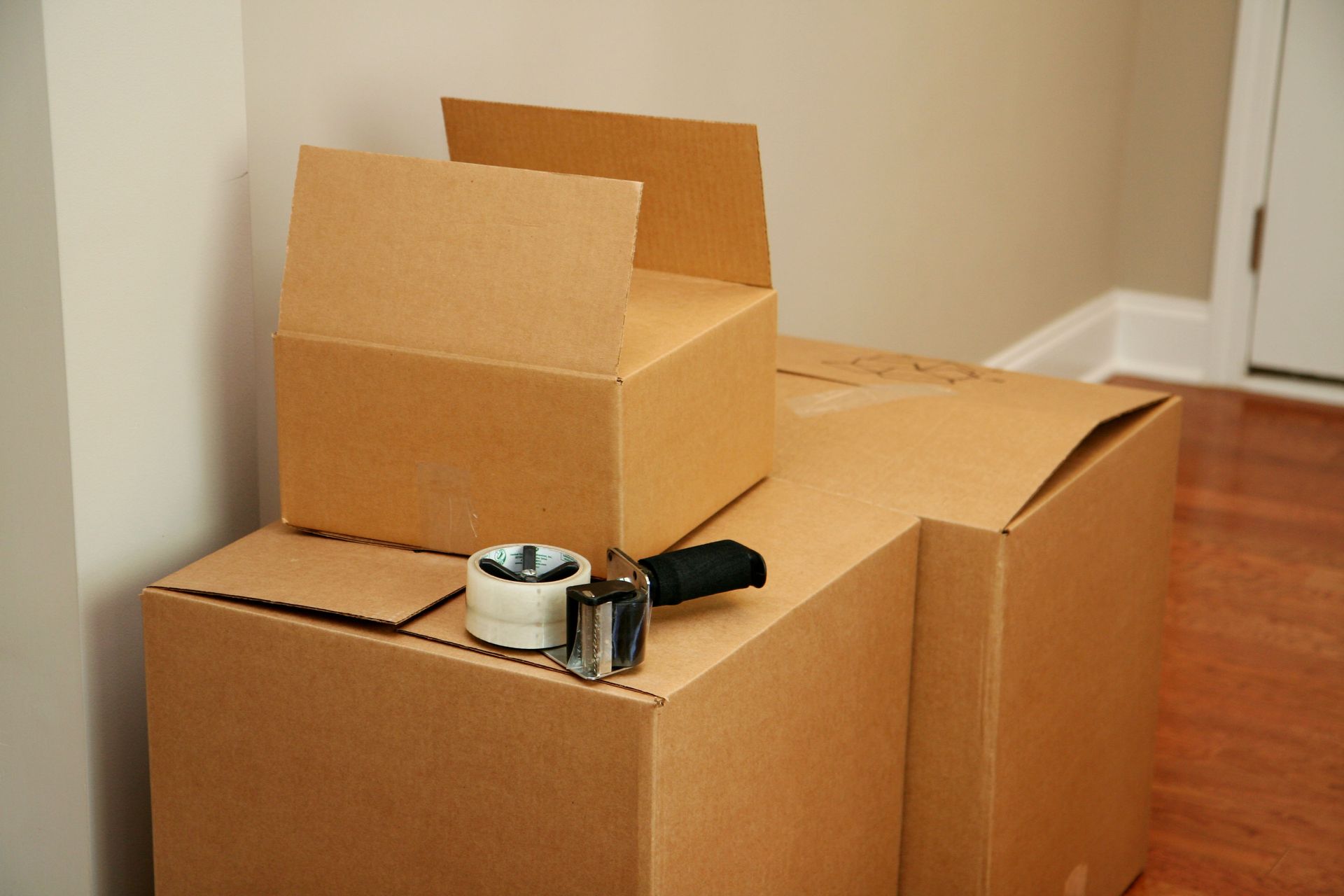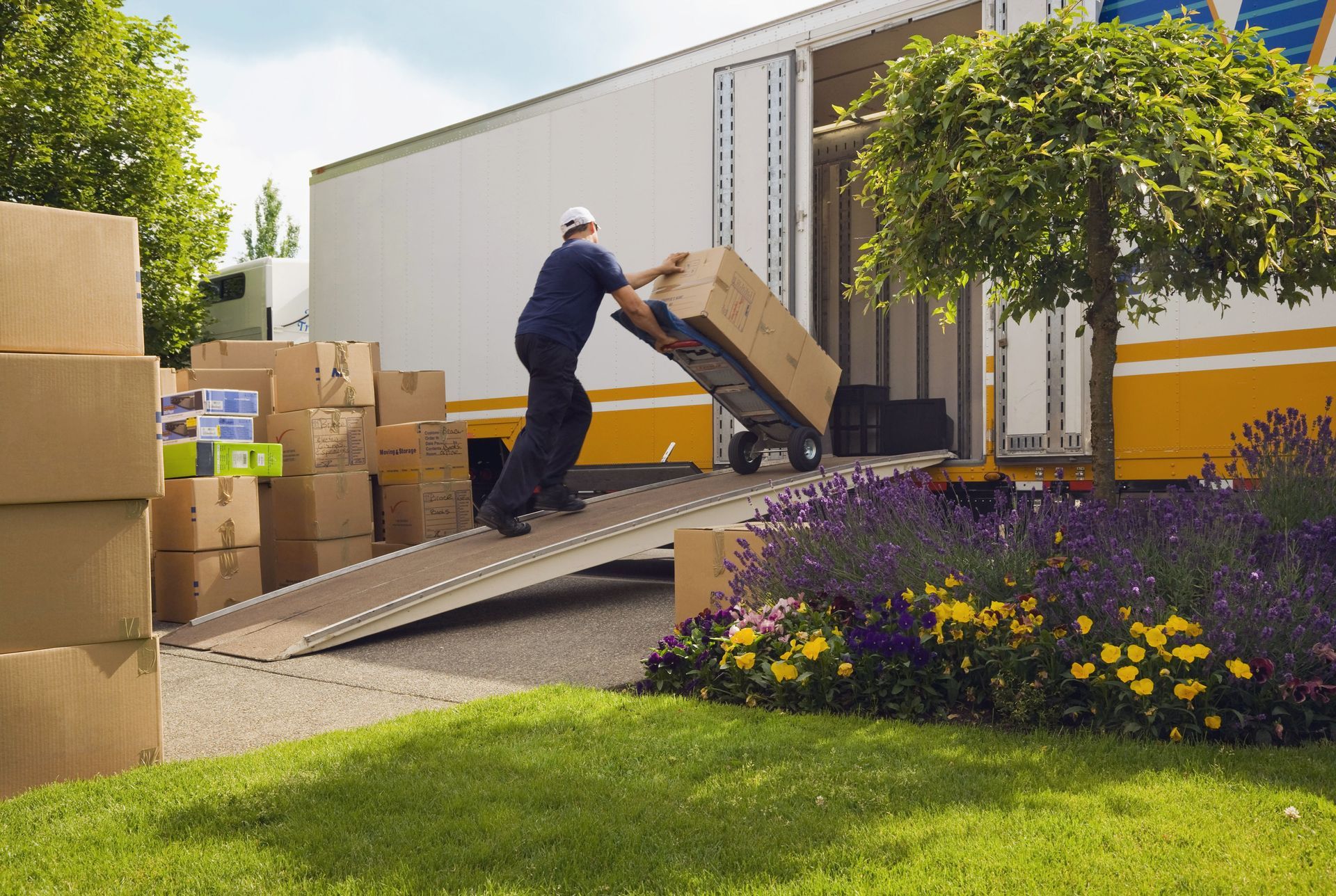Moving With Kids: 6 Tips for a Smooth Relocation
Moving is a challenging task, and doing so with kids can add an extra layer of complexity. Families with children face unique challenges as they navigate the relocation process, often dealing with emotional, logistical, and organizational hurdles. According to Lending Tree, 40% of Americans say they’re considering moving in 2025, which means many families may soon face these challenges firsthand. In this article, we will explore practical tips to make the moving process smoother for families with children. Whether you're handling the move yourself or relying on professional moving services, preparing well and staying organized can turn what might seem like a daunting task into a manageable one. Each tip is designed to address common concerns and provide solutions that work for both parents and kids alike.
Involve Your Kids in the Moving Process
Engaging your children in conversations about the move as soon as possible is crucial. Open communication helps to prepare them mentally and emotionally, making the transition smoother. Explain why the move is happening and what they can expect in their new environment. Address their concerns and answer questions honestly, ensuring they feel heard and valued. According to Market.us, those most likely to move are typically young couples between the ages of 18 and 34, often with one or two children, highlighting the importance of involving children at an early stage.
Creating a countdown calendar is a fun and effective way to help children visualize the timeline leading up to the move. This can be a collaborative project where kids can utilize their creativity by decorating the calendar. Each day, they can mark off a date, giving them a sense of progress and anticipation. This helps to reduce anxiety about the unknown future, making each passing day a step closer to a new exciting adventure. If you're working with professional moving services, you can even coordinate the calendar around key dates like packing days or the final move, making the entire process more structured and predictable. Such a countdown can serve as a visual aid that makes the abstract concept of "moving day" more concrete and understandable.
Organize and Declutter
Family sorting sessions are a pivotal step in the pre-move decluttering process. Set aside time to go through belongings with your kids, deciding what to keep, donate, or discard. This can be a teaching moment about decision-making and responsibility. Encourage children to think critically about what is truly meaningful and necessary, fostering a sense of minimalism. Sorting sessions can be turned into a game, making the chore enjoyable and fostering teamwork.
Helping kids categorize their items into toys, clothing, and essentials simplifies the packing process. This organization creates a sense of order and predictability, both of which help reduce anxiety. By sorting items into categories beforehand, unpacking becomes a simpler task upon arrival at the new home. This sorting exercise also provides an opportunity to teach children about organization. If you're using moving services, having items pre-categorized can streamline the process and make it easier for movers to handle your belongings with care. Categorization encourages a sense of control and accomplishment over their space and belongings.
Create a Moving Day Strategy
Packing a bag for each child containing snacks, toys, and necessary items is critical for moving day. These bags should include essentials they might need or want during the move, such as a change of clothing, favorite toys, and comforting items. Having everything they need within reach can greatly alleviate stress for both kids and parents. It ensures that children feel cared for and prepared and prevents unnecessary tantrums from hunger or boredom. These essential bags act as immediate support, providing comfort amid chaos.
Consider arranging childcare or engaging activities to keep your kids occupied during the move. Hiring a sitter or organizing playdates ensures children are both safe and entertained. This also allows parents to focus on supervising the move without the added pressure of managing childcare. If you're working with professional moving services, having your children engaged elsewhere can make it easier for the movers to work efficiently and safely. For older kids, engaging activities like crafts or games can create positive memories of moving day. Ensuring children have adequate attention helps maintain order and reduces the disruption for everyone involved.
Transitioning to the New Home
Prioritizing the unpacking and decorating of your kids' rooms enables them to settle in comfortably. Having their space ready first provides a sense of safety and ownership in the new environment. Encourage them to arrange their room as they wish, fostering creativity and belonging. Setting up their "special" box items early on gives them instant access to familiar comfort. A well-prepared room can serve as a welcoming haven amid the chaos of unpacking the rest of the house.
Conducting a tour of the new home helps children become familiar with their new surroundings. Highlight areas of interest, importance, and safety to provide a comprehensive understanding. A guided exploration introduces them to the spaces and encourages comfort and ownership. Introduce the house as an exciting place full of new opportunities and explorations. Emphasize any child-friendly areas that stimulate a positive reception toward the new environment.
Re-establishing regular routines quickly helps to reduce stress and provide stability for your kids. Regular sleep, meals, and activity times create a predictable rhythm in the new environment. Consistent routines foster security and ease the adaptation process, alleviating anxiety about the change. If you're using moving services, having professionals handle the logistics can free up your time and energy, allowing you to focus on maintaining these important routines. Sticking to routines allows children to regain a sense of control amidst the disruption of moving. The stability provided by routines can significantly enhance a child’s ability to adjust and thrive in their new setting.
Stay Connected with Friends and Family
Organizing goodbye gatherings with friends or family members helps give children closure. These events allow them to bid farewell and cherish their existing relationships. Create these moments with care, emphasizing the importance of maintaining connections over distance. Farewells can include activities that reinforce bonds and promises to stay in touch. A thoughtful closing gives children an opportunity to express their feelings and move forward.
Setting up video calls or messaging groups helps your kids stay in touch with old friends. These technological tools preserve ties and lessen the sense of loss from moving. Regular communication with familiar faces maintains interpersonal relationships and emotional security. By encouraging these platforms, children adapt better while navigating simultaneous gain and loss. Technology facilitates continued interaction, keeping these valued friendships alive.
Address Emotional Challenges
Listening and validating your children's emotions regarding the move encourages open communication. Acknowledging their trepidations ensures they feel understood and supported. Parents should encourage children to articulate their feelings, providing reassurance when warranted. Understanding and patience lay the groundwork for emotional resilience and adaptation. An empathetic approach empowers children to navigate their emotional landscapes with confidence.
Offering consistent support and reassurance helps children adjust emotionally to their new environment. Stability acts as a cornerstone for emotional well-being during periods of change. Children must know they can rely on their family to be an unchanging constant amid upheaval. Emphasizing familial bonds, regular interactions, and traditions keeps emotional security intact. Navigating emotions with parental support equips children to cope with future changes independently.
Keen awareness of any behavioral changes in children during this period is vital. Moves can evoke complex emotional responses, sometimes manifesting in behavioral shifts. These changes might indicate discomfort, anxiety, or a need for additional support. Promptly addressing concerns and seeking to understand their underlying causes prevents escalation. Attentive monitoring fosters a proactive approach to emotional well-being, supporting smoother transitions.
Relocating with children can be a daunting task, but with careful planning and the use of these tips, you can ensure a smoother and more enjoyable moving experience for the whole family. Highlighting involvement, emotional understanding, and organization in the process greatly facilitates this transitional phase. Partnering with professional moving services can also ease the burden, allowing parents to focus more on supporting their children emotionally and logistically. Emphasizing positivity reassures children, improving their outlook and engagement with new beginnings. The skills and connections nurtured during this time not only aid in adaptation but also lay the groundwork for future transitions. With conscious effort, families can transform daunting moves into meaningful opportunities for growth and exploration.
Ready to make your family’s next move easier? Contact Muscled Up Movers today for reliable moving services that take the stress out of relocating with kids and help your whole family settle in smoothly.









